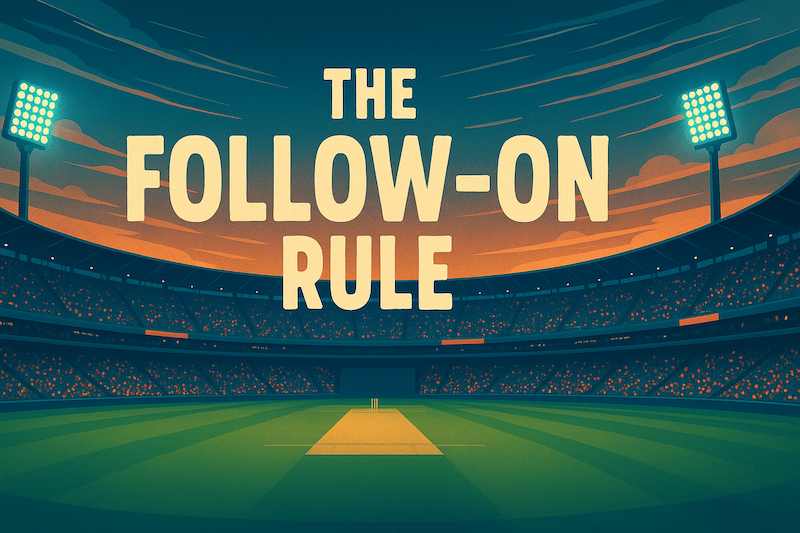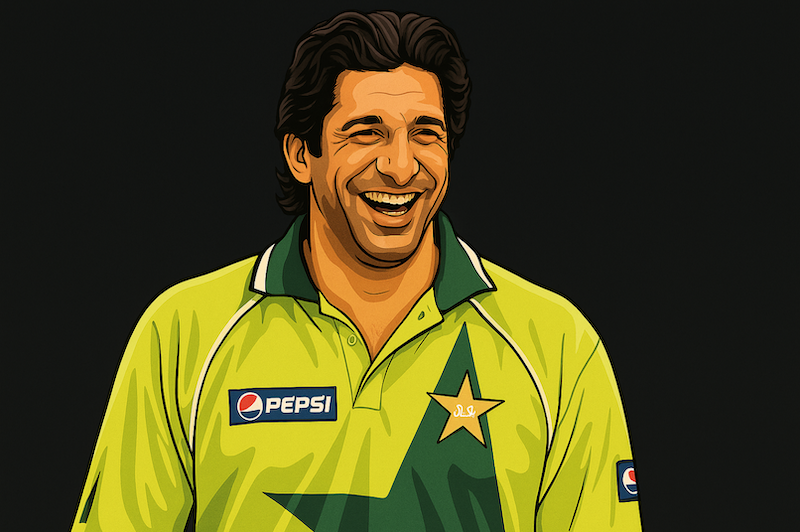
When cricket was stuck in the past, one man hit it straight into the future. The 1970s game was polite, predictable, and slowly losing its audience — long days, dull broadcasts, and players paid in crumbs. Then came Kerry Packer, a fiery Australian media tycoon who refused to play by anyone else’s rules.
Floodlights, coloured kits, white balls, and TV drama — his rebellion didn’t just change cricket, it reinvented it. What began as a fight for broadcast rights became a revolution that shook the game’s foundations and gave birth to the sport we know today.
The Spark Behind the Storm
Kerry Packer was not a cricket lover in the usual sense — he was a businessman with big ideas and a strong will. After taking over his father’s media company, he wanted to make his TV channel, Channel Nine, a major name. Cricket seemed perfect for it — popular, exciting, and ready for a new audience on television.
Still, within just three years of taking charge, Packer had found his own way of running a successful TV network. A fierce and fearless gambler, he was willing to bet his entire fortune on bold ideas — and this time, the bet was cricket.
But when the Australian Cricket Board refused to give him the TV rights, Packer didn’t stay quiet. He saw a game trapped in the past, controlled by people afraid of change. So he made a bold decision — if they wouldn’t let him be part of their game, he would create his own. That one choice started a fight that would change cricket forever.
The Secret Signings
Once Packer made up his mind, he moved fast. Behind closed doors, his team began signing some of the world’s best players — offering them what cricket boards never did: proper contracts, better pay, and respect for their talent.
Stars like Tony Greig, Viv Richards, Clive Lloyd, Gordon Greenidge, and Imran Khan all joined. Tony Greig, in fact, helped Packer bring many others on board. At first, the plan was small — just a few matches between Australia and the Rest of the World as a way to pressure the cricket board.
But when Packer signed the world’s biggest stars, cricket’s rulers hit back. The Australian Cricket Board and the ICC banned every player who joined him, cutting them off from Test cricket and the game they loved. Still, Packer didn’t back down. He expanded his plan into a full competition — World Series Cricket — turning a simple TV idea into a full-blown battle between tradition and rebellion.
The Game Under Lights
When World Series Cricket finally began, fans saw something they had never imagined. Matches were played under floodlights, with white balls, coloured kits, and drop-in pitches. Cricket suddenly looked fresh, fast, and made for television.
Packer’s team used multiple cameras, replays, and on-field microphones — turning the game into a true spectacle. Crowds loved it. For the first time, people could watch cricket at night with friends and family. What critics mocked as "circus cricket" turned out to be the start of a modern revolution.
Explore More Stories

The Follow-On Rule: Cricket’s Boldest Gamble Explained
A captain’s call that can define a Test match — enforce the follow-on and chase victory, or hold back and risk losing control. Here’s the drama, history, and strategy behind cricket’s boldest decision.

Wasim Akram: The Sultan of Swing Who Made Fast Bowling an Art
From the streets of Lahore to World Cup glory, Wasim Akram’s journey is the story of a left-arm genius who turned fast bowling into pure art.
The Clash and the Change
Cricket’s rulers were furious. They called Packer’s players rebels and banned them from official cricket. Crowds at first were small — many fans didn’t know what to make of this new version of the game. But under the floodlights, things began to change.
Night matches drew bigger crowds, TV ratings climbed, and slowly the public started to turn. By 1979, the fight ended with a deal — Packer got the TV rights, and the players returned to official cricket. The old game had lost the battle. Cricket would never be the same again.
The Legacy That Lives On
Kerry Packer didn’t just win a fight — he changed the game forever. His bold move turned cricket from a quiet tradition into a global spectacle. Floodlights, coloured kits, white balls, TV cameras, and player power — all of it started with him. What was once seen as rebellion became the new rulebook of modern cricket.
Every packed stadium, every T20 league, every night match owes something to Packer’s vision. He proved cricket could be both serious and spectacular — a game for players, fans, and dreamers alike. The man who once broke cricket didn’t destroy it; he rebuilt it brighter, louder, and more alive than ever.




